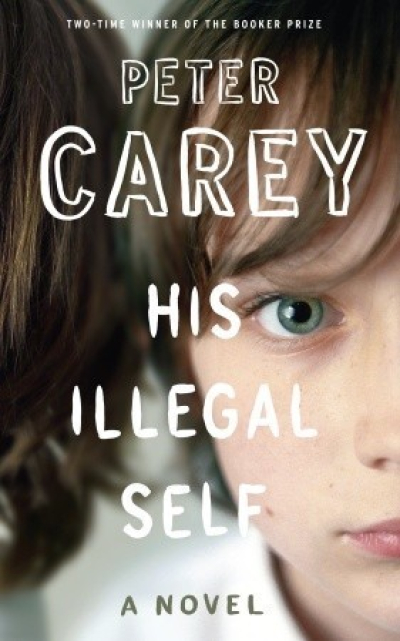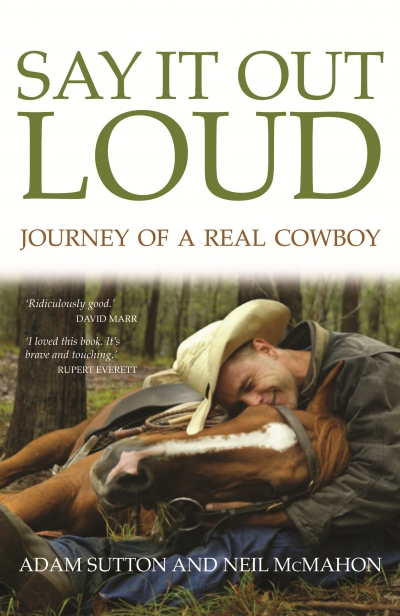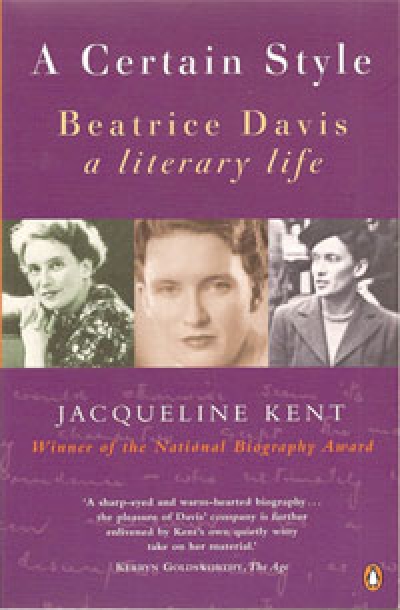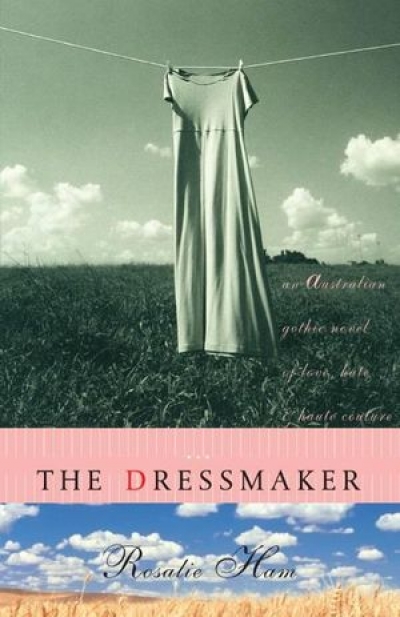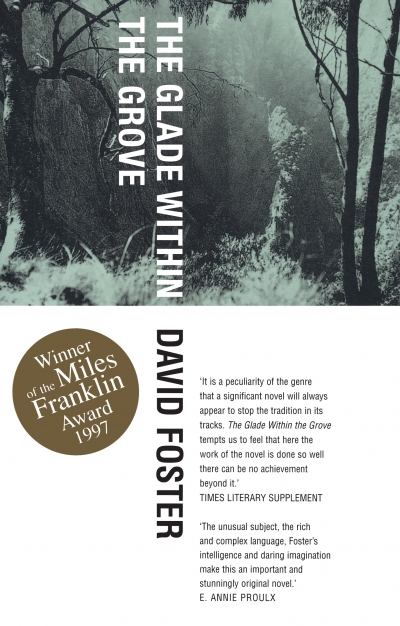Penguin Random House
Say It Out Loud: Journey of a real cowboy by Adam Sutton and Neil McMahon
by Adam Sutton •
A Certain Style: Beatrice Davis: A Literary Life by Jacqueline Kent
by Peter Rose •
‘Years ago we threw the old didacticism (dowdy morality) out of the window; it has come back in at the door wearing modern dress (smart values) and we do not even recognise it.’ John Rowe Townsend’s words, from more than a quarter of a century ago, retain a fresh ring of truthfulness. I recalled them after reading The Girl with No Name (Puffin, $8.95 pb), Pat Lowe’s first novel for children.
... (read more)
